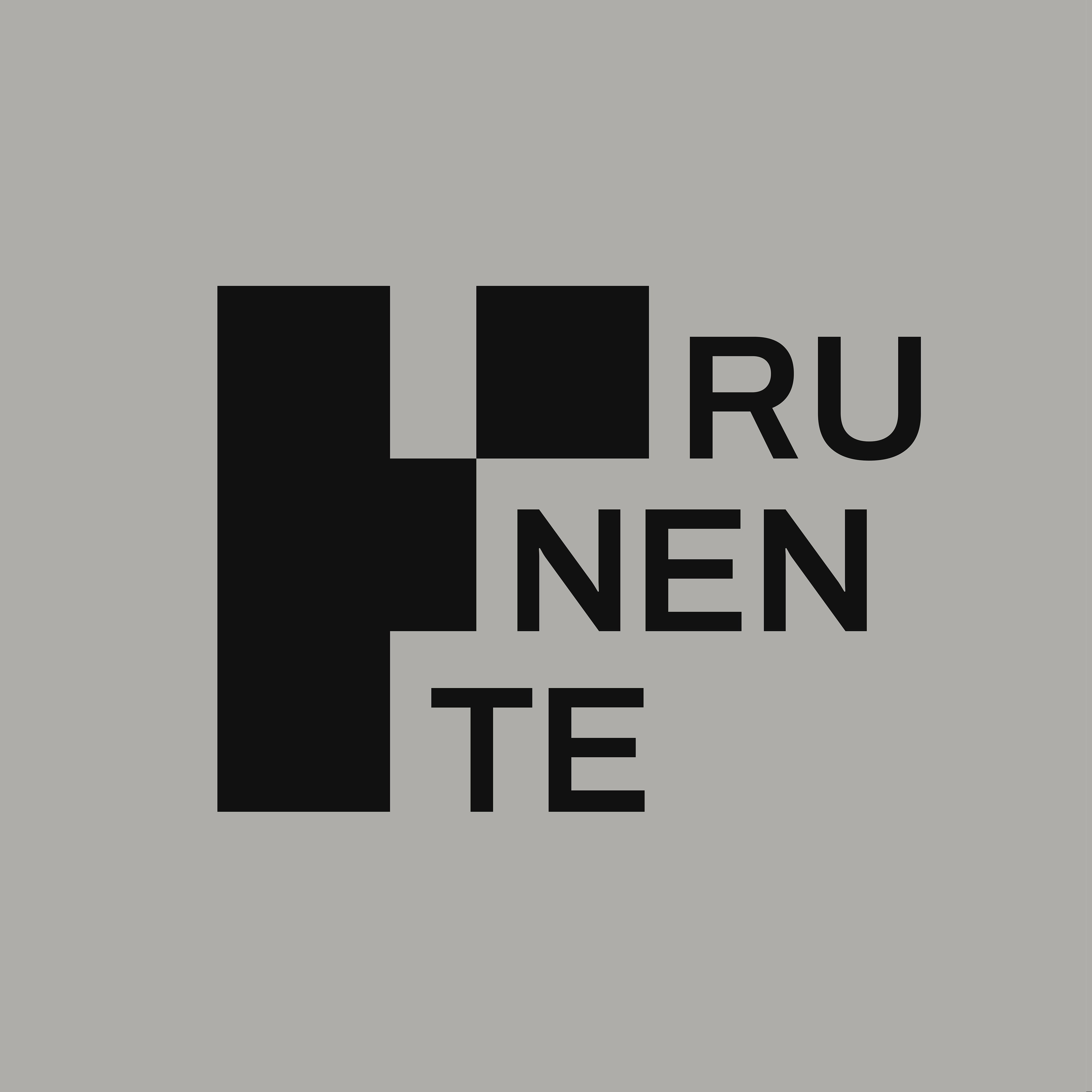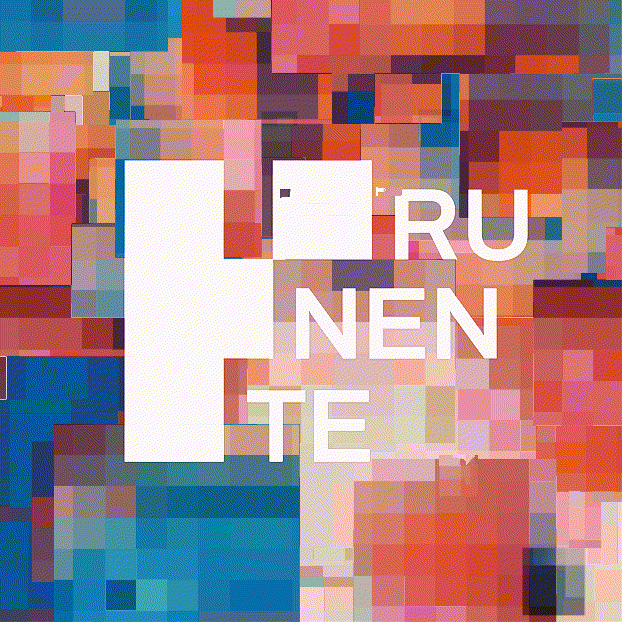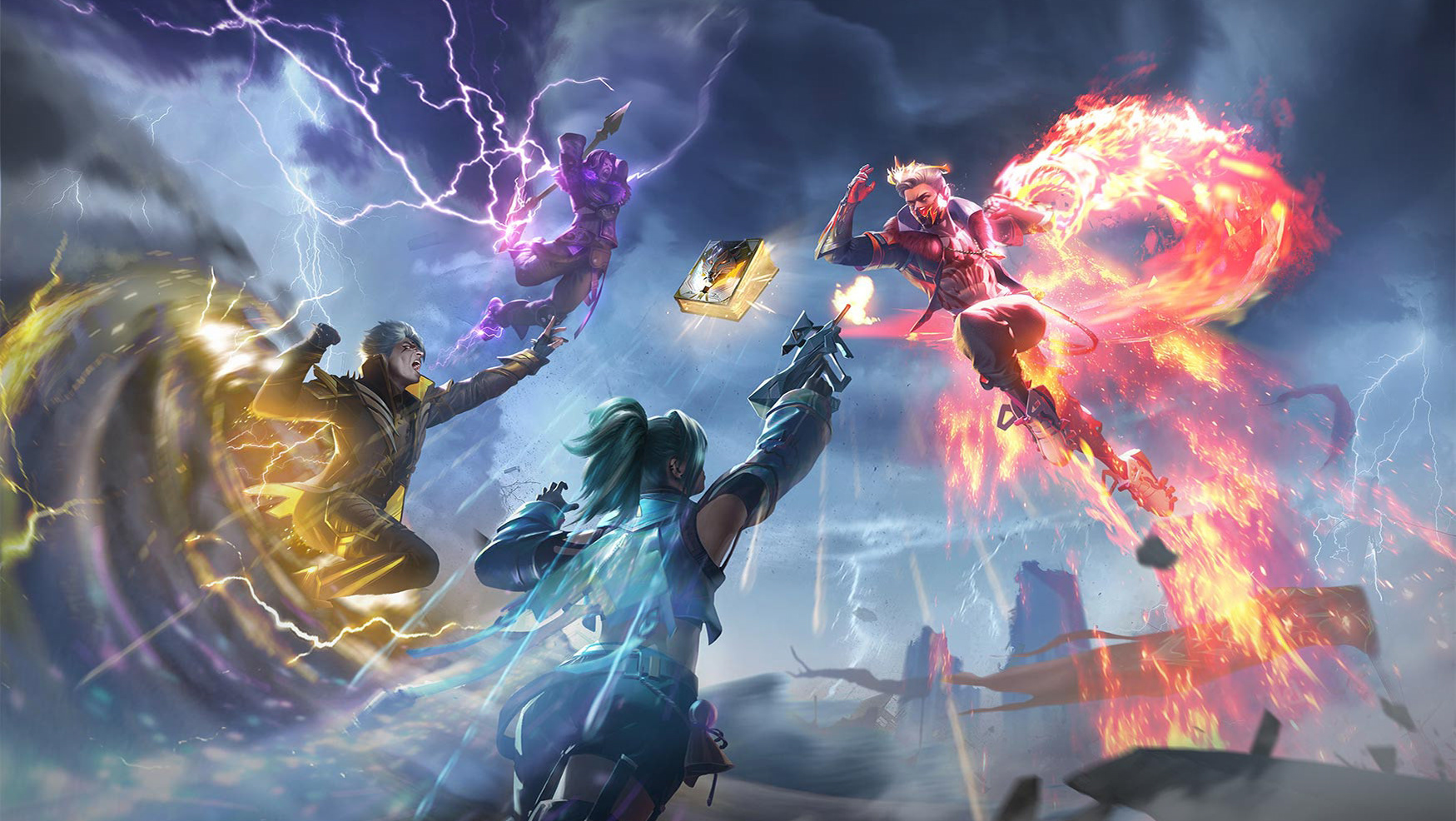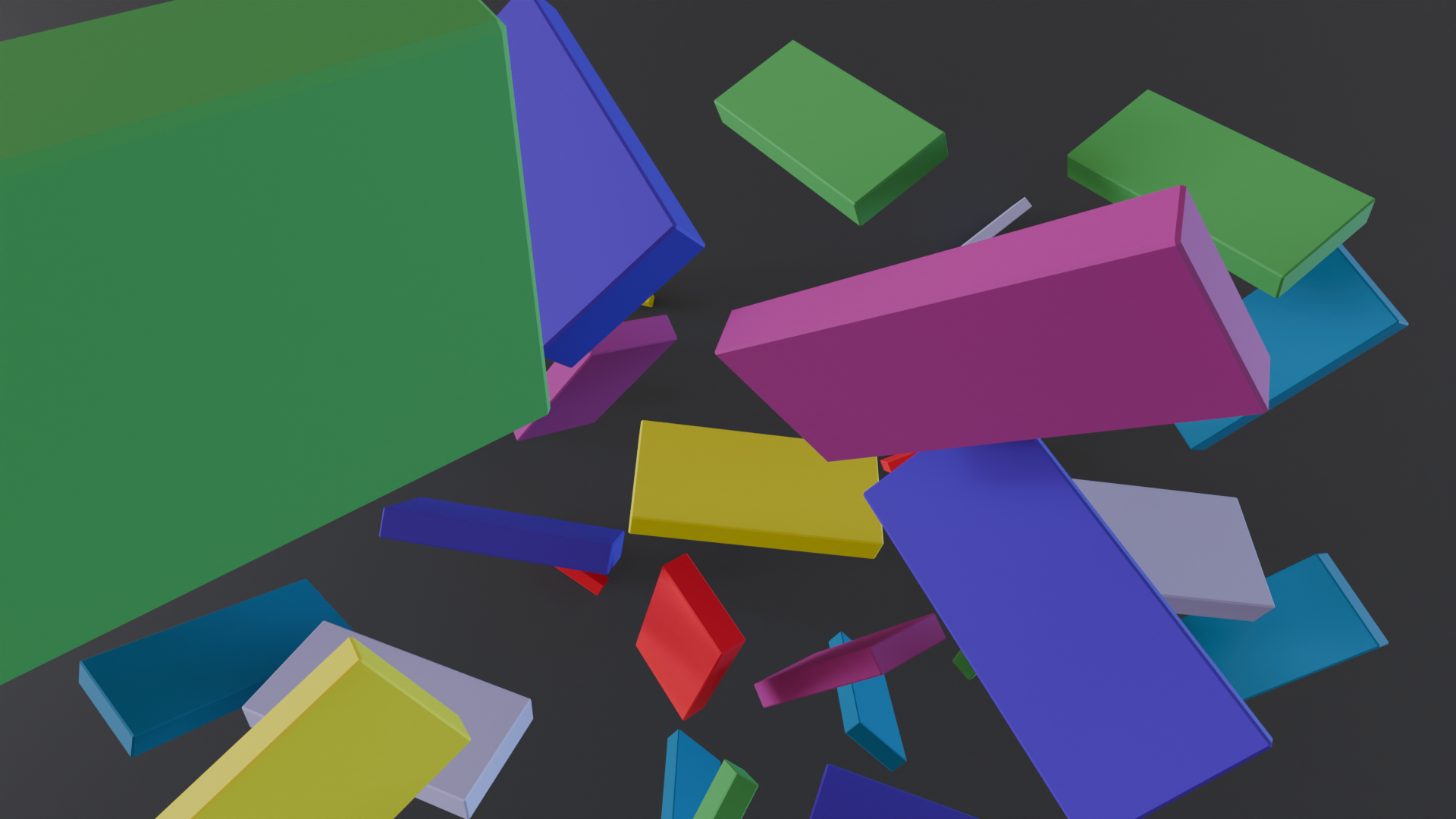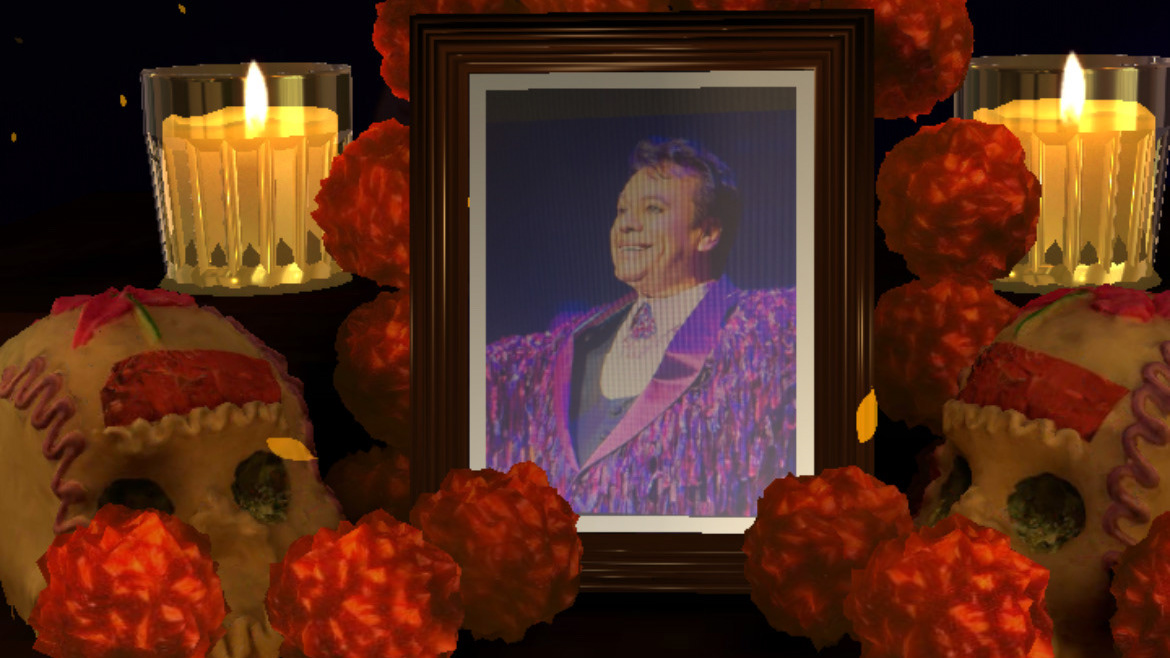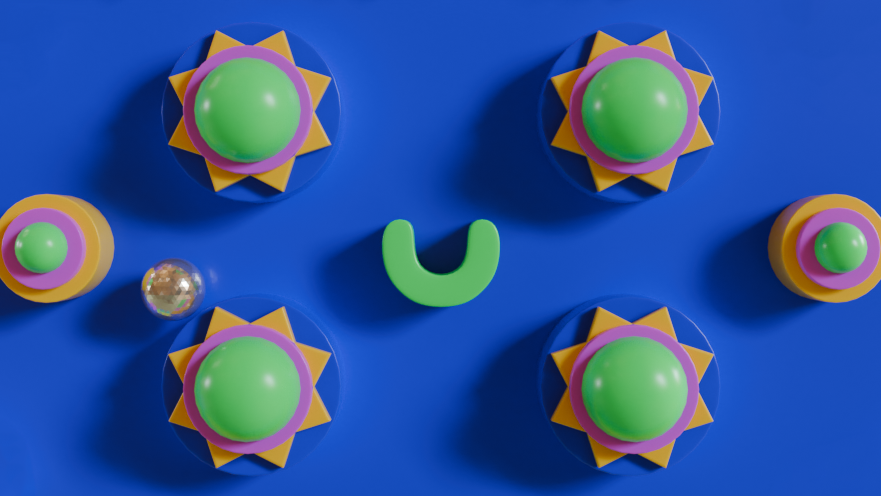munavi
Using digital media to rethink housing's role in our lives
The Institute of the National Housing Fund for Workers (INFONAVIT) is the main institution in charge of pairing Mexican workers with viable credits to buy houses or apartments. As such, it has a close relationship with the meaning of housing itself. In 2023 it opened the National Housing Museum to promote dialogue, introspection and community action around the idea of affordable housing.
That same year, the Institute was looking to expand the museum beyond its physical location, in an effort to bring its ideas closer to people who might have a hard time traveling to Mexico City to experience it in person. Find out how munavi launched 3 interactive experiences and reached out from behind its walls to find a new audience in just 6 months.
The request
When Runente was first approached, INFONAVIT was looking to build a website to house a virtual exhibition that would complement the information present in its physical location. Runente’s pitch was to build six minigames that would teach players about housing, based on the research that facilitated the creation of the museum in the first place. The project included building the website itself with an informative section and an interactive section.
This digital approach had the added bonus of reaching a younger audience than INFONAVIT is used to. Normally, people who interact with the Institute are around 40 years old, so there was growing interest to reach the 18-35 demographic.
“The idea was to take the museum’s exhibits as the basis and translate it into a different medium”, Rolando González, Creative Director at Runente
The blueprint
During the first stages of the project, the Runente team familiarized itself with all the exhibits in the museum, in order to pitch digital experiences that would best complement what was already present in the physical space.
Instead of having 6 smaller digital experiences on the website, INFONAVIT requested to bring the number down to 3, to make it easier to navigate for users. The strategic alignment also changed after the first creative proposal, and the Institute decided to have the digital experience mirror its physical exhibits.
“The original creative prompts happened when the museum was still closed to the public. After it opened the floodgate of information opened as well, and that led them to change strategies and adjust the request that we had been presented with”, Rolando González, Creative Director at Runente.
Runente found inspiration in different mediums, and the original pitches included comic books, animated films, and point-and-click video games.
The first digital exhibit is called “Mi vivienda”, and explores the relationship between housing and its occupants, highlighting how a home is a space where you feel safe and which you can tailor to your own needs. This is communicated by a character that moves through conflict while the scenario itself shows the importance of utilities and services. This character ended up evolving into a bird, to show that it’s not just humans who live in a city.



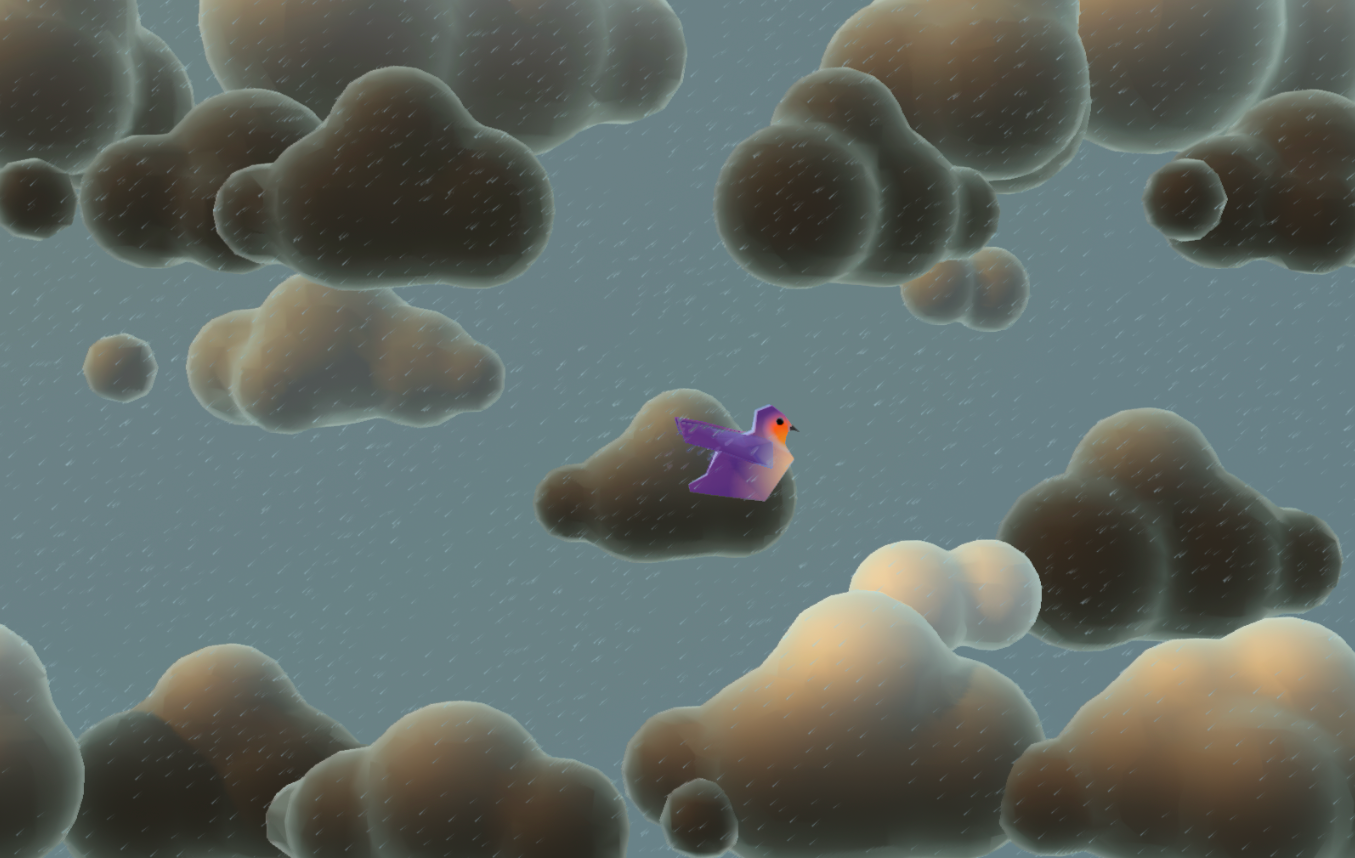

The second exhibit was born as a way to show the entire history of housing and banking in Mexico. The idea was to have a Rubik’s cube-like structure that the player would have to solve in order to see the relevant data for each date. The team decided to re-hash this idea as a way to see a deconstructed version of different housing types and construction technologies. The current version of this exhibit also highlights the similarities between all housing.
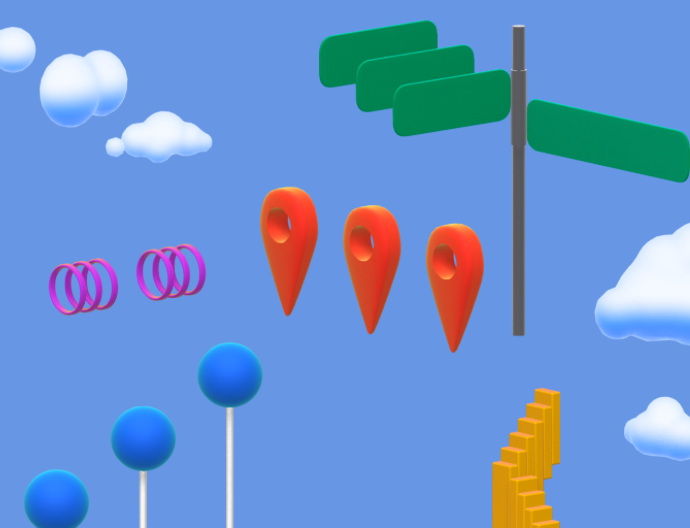

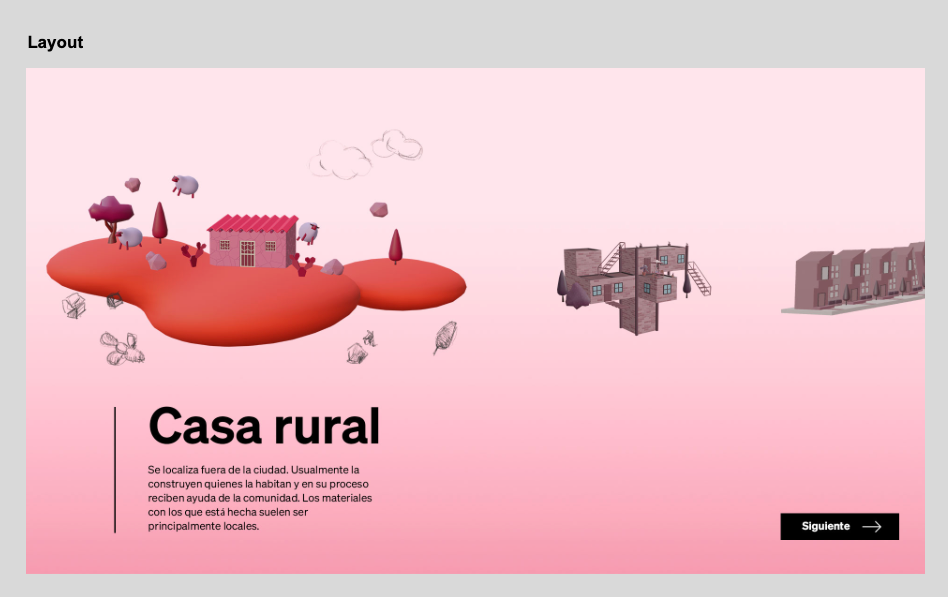

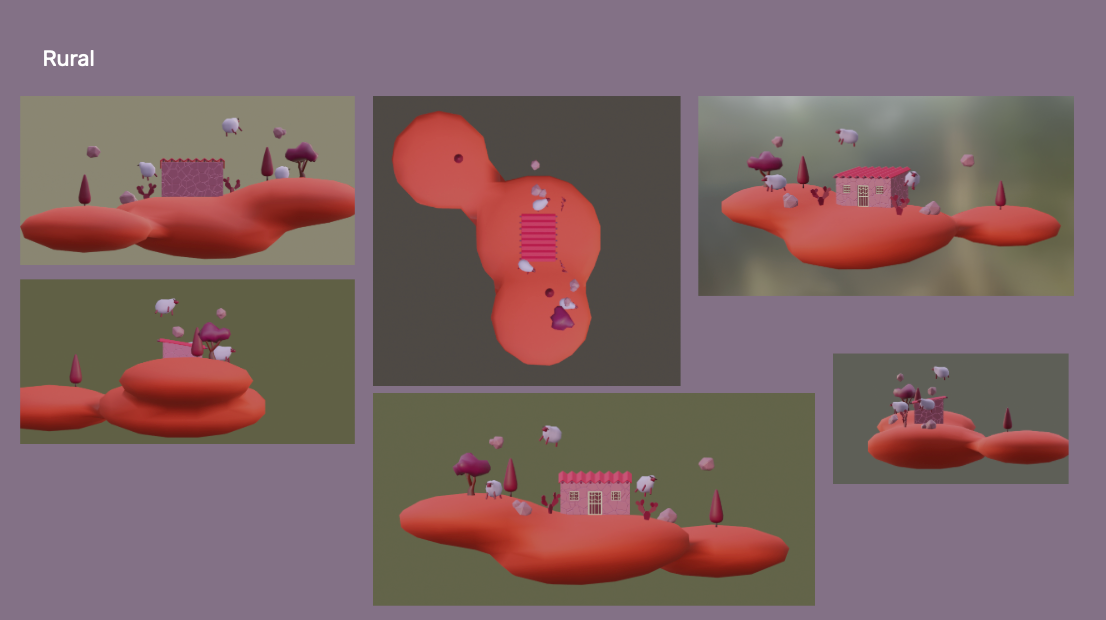

The third exhibit would originally show the future of housing, where data provided by users would turn into a “temple of knowledge”. Later the idea mutated into a flock of paper-planes that co-exist in an empty space. “The idea is: all ideas co-exist together without one being clearly better than the other, because the future is togetherness”, says González.



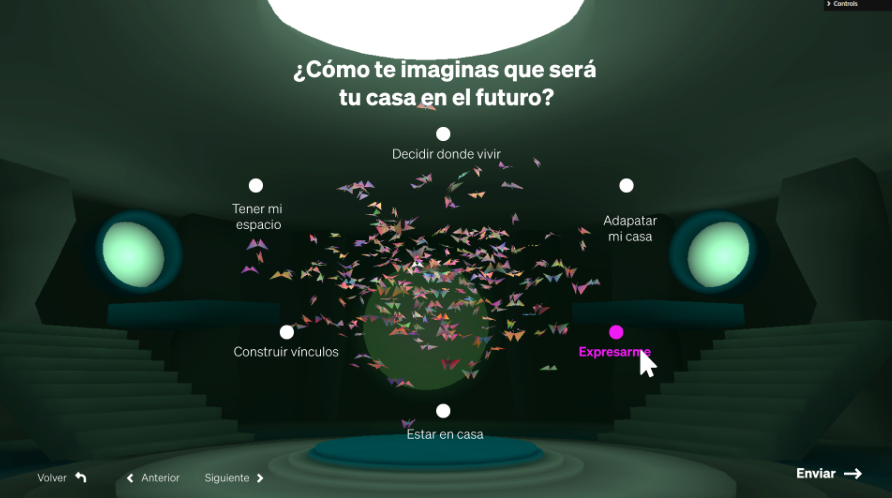
Bumps on the road
Adjustment of execution: the change from a complement to a digital version of the museum represented a great adjustment process, but it gave the team the chance to be nimble with its original pitches, and adapt to the customer’s needs.
What we learned and how it applies to future projects
Be ready to adapt: Try to avoid focusing on just one potential execution to produce a desired result. Every creative idea should work for different needs, and each need should have more than one potential solution.
Be observant: references can work both as inspirations and complements for our work, according to customers’ needs, so we need to pay attention to the details that might result useful during our processes.
If you want to learn how Runente can help your business reach its digital goals contact us here.
